Regional election in the Principality of Asturias, 28 May 2023
Issue
Issue #4Auteurs
José Rama , Andrés Santana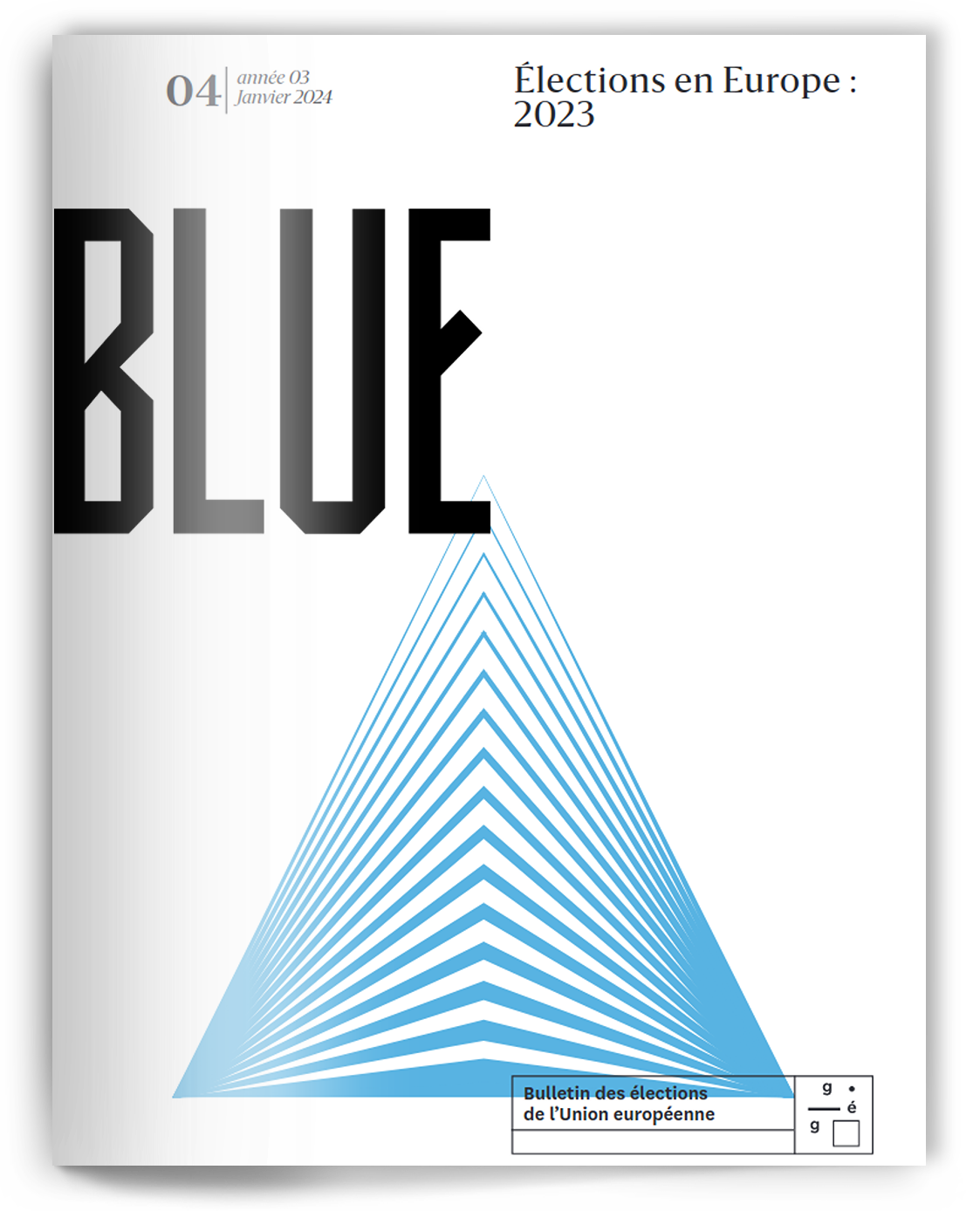
Issue 4, January 2024
Elections in Europe: 2023
Introduction
The elections of May 28, 2023 showed a territorial power shift for Spanish parties. If in 2019, the Spanish map had been dyed red, in 2023 it turned blue (Rama and Santana, 2019). In the 14 autonomous regions that held elections on 28M, the Spanish Socialist Workers’ Party (PSOE, S&D) retains three of the eleven governments of which it formed the main part (Castilla-La Mancha and, predictably, Asturias and Navarra), while the Popular Party (PP, EPP), in addition to maintaining another three (Madrid, the autonomous city of Ceuta and Murcia), captures eight held by the PSOE (Balearic Islands, Canary Islands, Cantabria, Extremadura, La Rioja, Valencia, the autonomous city of Melilla and Aragon).
The transformation of regional power is clear. However, if we take the data on party votes, the panorama seems less dramatic for the PSOE. There is certainly a decline of the left as a whole, which loses votes in all the autonomous regions except Cantabria. While the parties to the left of the PSOE lose 3 percentage points in total and fall in all the autonomous regions, the PSOE rises half a percentage point, despite its fall in nine of the fourteen autonomous regions that held elections. PP and VOX gain votes across the board, and there is still an increase on the right if we consider the sum of PP, VOX (ECR) and Ciudadanos (Cs, RE), which confirms they did more than absorb Cs votes, as shown in Figure a.
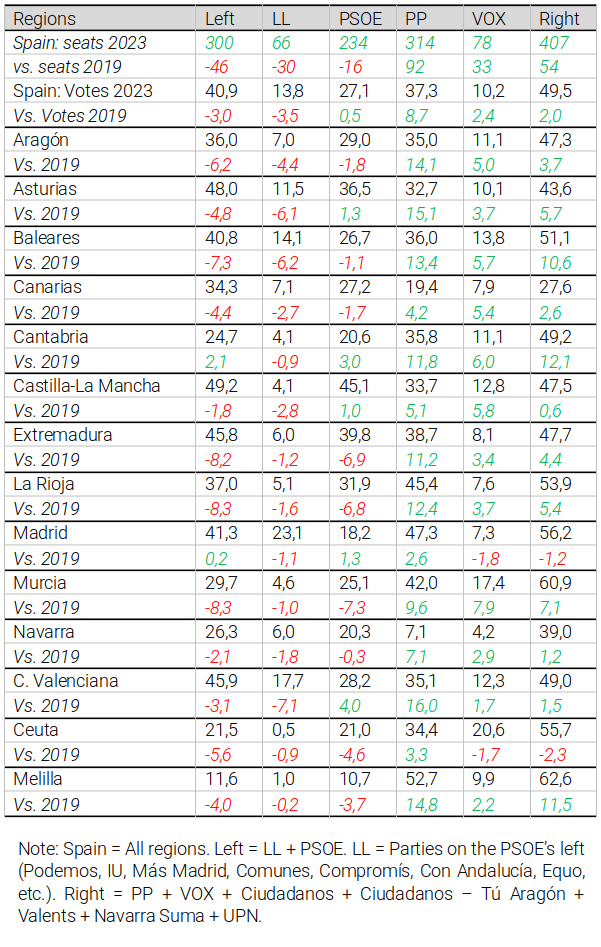
If we take the data on party votes in the municipal elections, as opposed to regional elections which are held simultaneously throughout Spain, the picture is again less dramatic for the PSOE. In May 2023, they only lost 400,000 votes, or 1.3 percentage points (from 29.4 to 28.1 percent of the valid votes). Those who really suffered a strong fall are formations to the left of the PSOE, Podemos, its confluences and splits, which saw their support reduced by 1.2 million votes (5.2 points, from 11.4 to 6.2) and fell back in the ten largest cities of the country. On the other hand, the PP and VOX rose in the country as a whole and in the ten largest cities. VOX doubled its support, reaching 1.6 million votes (from 3.6 to 7.2 percent of the vote) and the PP grew by 1.9 million (8.9 points, from 22.6 to 31.5), largely thanks to the almost 1.7 million votes lost by Ciudadanos (Fernández-Vázquez and Campo Acosta, 2023). However, the growth of the PP and VOX is not exclusively due to a transfer of votes from Cs, since the right as a whole experienced a growth of more than 5 percentage points and rose in nine of the ten largest cities, as shown in Figure b.
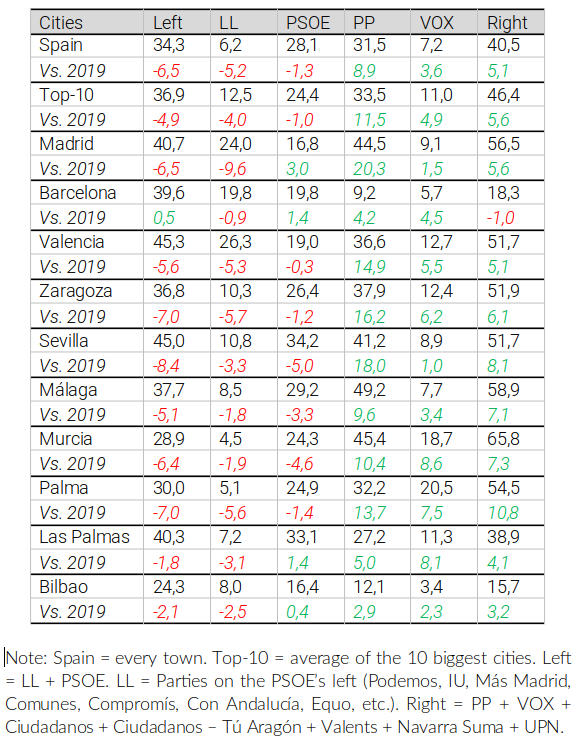
Figure b · Party vote in the 2023 municipal elections
In short, the comparison between 2019 and 2023 leaves no room for doubt: the PP has emerged strongly reinforced from the regional and municipal elections. However, in exchange for all this power, it will have to demonstrate whether or not it is possible to govern with VOX. While in Germany the CDU has refused to govern with the extreme right-wing AfD, in Spain, their counterparts in the PP have taken the step of forming a coalition with them throughout the country (Rooduijn et. al., 2023). Proof of this are the more than 140 municipalities in which they will govern with VOX, or the autonomous communities of Extremadura or the Valencian Community in which they soon reached government agreements. These pacts, in which macho violence is denied, LGTBI flags are banned from institutional buildings or films and plays are banned, may have clear implications for the liberal component of democracy, such as respect for minorities, as previous studies have shown (Casal-Bértoa and Rama, 2021; Rummens, 2017). Figure c focuses on changes in the type of government in the autonomous communities that held elections in May 2023.

Regional elections in the Principality of Asturias
Elections in the Principality of Asturias have been characterized since the 1980s by difficulties for the two major parties, PP and PSOE, to achieve outright majorities that would allow them to govern without depending on third parties (Buznego, 2015). With the exception of two occasions, 1995 and 2011, the PSOE has been the governing force in Asturias. The 2011 elections had a particularity in the sense that they entailed a revote 6 months after Francisco Álvarez Cascos was sworn in as autonomic President. Cascos, former minister of the PP under the government of José María Aznar from 2000 to 2004, decided to break with the PP at the subnational level and won the support of Asturians in 2011, under a new acronym: Foro Asturias de Ciudadanos (FAC). However, his minority government, unable to approve the first budgets, was forced to call elections in 2012. The move did not turn out as Álvarez Cascos had imagined, and the scenario in which FAC managed to snatch votes from the PP turned into an increase of votes for the PSOE which, after an investiture agreement with Izquierda Unida and Unión Progreso y Democracia (UPyD) took the principality back.
In the last elections of 2023, the PSOE took the first position once again. Of the 45 seats to be distributed in the Principality of Asturias, Adrián Barbón won 19 seats (36.5% of the votes), compared to the 17 seats (32.6% of the votes) of his immediate rival, Diego Cango (the absolute majority is at 23 seats). VOX was third with 4 seats and 10% of the votes; Convocatoria por Asturias (a grouping of left-wing formations, including IU) was fourth with 3 seats (3.9% of the votes) and FAC won 1 seat with 3.7% of the votes. This being the case, it is foreseeable that the left-wing formations will facilitate a socialist government, which has risen in percentage of votes although it has lost one seat, in relation to the 2019 elections.
The electoral system plays an important role in the regional Parliament seat distribution (Aláez Corral, et. al., 2021). Despite being a uniprovincial Autonomous Community, Asturias divides its voters into 3 constituencies: a central, an eastern and a western one, which is unique at the national level, since it does not use the province as a territorial unit for the apportionment of seats. Thus, of the 45 seats to be distributed, 6 are distributed without population criteria, assigning 2 to each constituency, as the Spanish electoral system does. The remaining 39 seats are distributed under population criteria. As a result, in the first three elections, the central constituency had 32 seats, the western constituency 8 and the eastern constituency 5. This changed in the fourth election, with a distribution of 33, 7 and 5 respectively, and has changed again since the VIIth legislature, with the central constituency reaching 34 seats, the western constituency 6 and the eastern constituency 5. This over-representation of the eastern and western constituencies has led to a disproportionality in the percentage of votes and seats, which was manifested, for example, in 2011, when FAC obtained more seats than the PSOE despite having fewer votes. In fact, the Principality of Asturias is the eighth most disproportional out of Spain’s seventeen autonomous communities (Fernández-Esquer, 2022).
In addition, the western constituency seems to have a certain conservative bias, as shown in “the data”. In recent years there have been several proposals for electoral reform, especially in the interest of improving voting equality and proportionality. However, none have come to fruition.
The Principality of Asturias is, in 2023, one of the few PSOE strongholds at the regional level. Together with Emiliano García Page in Castilla-la Mancha and María Chivite in Navarra, Adrián Barbón is one of the few barons (strong regional leaders) left to the PSOE in this legislature.
The data

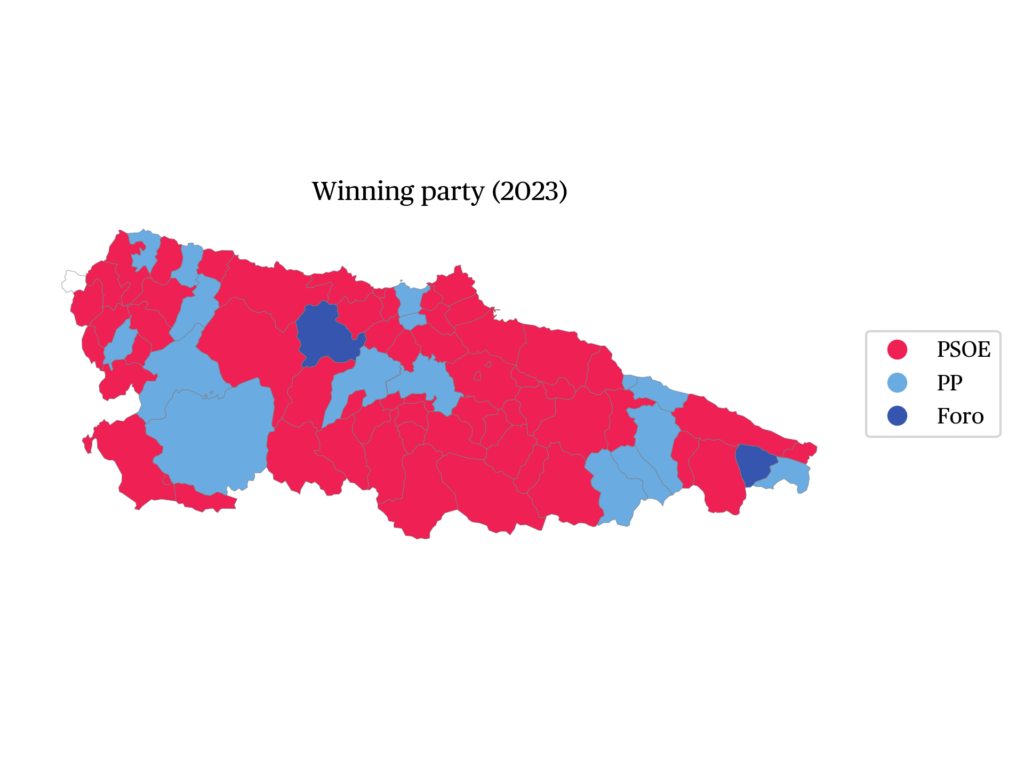
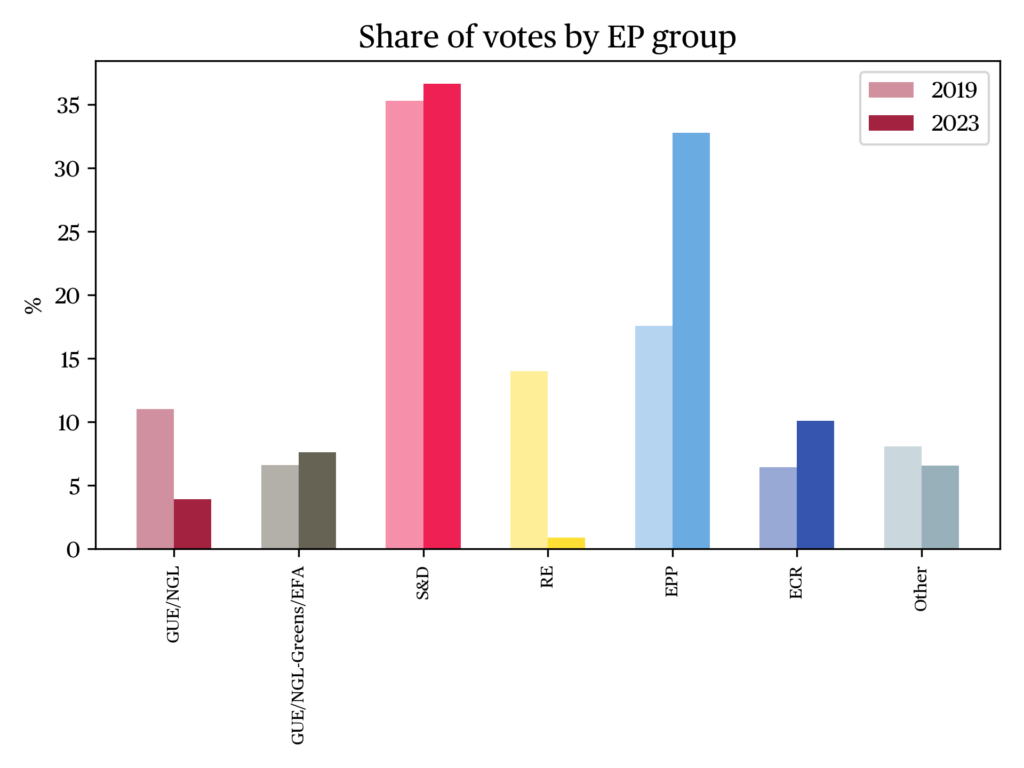
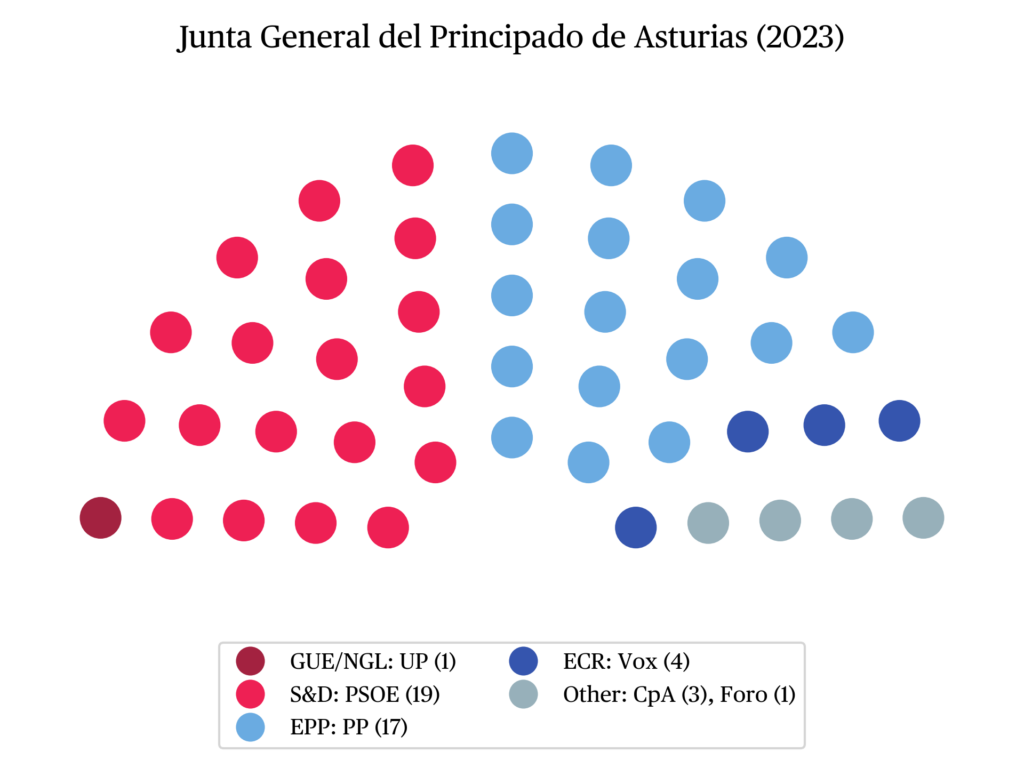
References
Aláez Corral, B. Arias Castaño, A., Presno Linera, M.A., Requejo Rodríguez, P., & Villaverde Menéndez, I. (2021). El régimen electoral del Principado de Asturias.
Casal Bértoa, F. & Rama, J. (2021). The antiestablishment challenge. Journal of Democracy 32 (1): 37-51.
Buznego, Ó. (2015). Entre la continuidad y el cambio. Las elecciones autonómicas en Asturias. Revista Cuadernos Giménez Abad, 10: 88-98
Fernández-Esquer, C. (2022). Sistemas electorales regionales en Estados multinivel: los casos de Alemania, Bélgica, Italia y España. Centro de Estudios Políticos y Constitucionales.
Fernández Vázquez, G. & Campo Acosta, D. (2023). Hay Partido. ElDiario.es. Online.
Rama, J. & Santana, A. (2019). ¿La excepción española? El resurgir de la socialdemocracia. Agenda Pública.
Rooduijn, M., Pirro, A., Halikiopoulou, D., Froio, C., van Kessel, S., de Lange, S. L., Mudde, C., & Taggart, P. (2023). The PopuList: A Database of Populist, Far-Left, and Far-Right Parties Using Expert-Informed Qualitative Comparative Classification (EiQCC). British Journal of Political Science.
Rummens, S. (2017). Populism as a threat to liberal democracy. In Rovira, K. C., P. A. Taggart, P. O. Espejo, & P. Ostiguy (eds.), The Oxford Handbook of populism (pp. 554–569). Oxford: Oxford University Press.
citer l'article
José Rama, Andrés Santana, Regional election in the Principality of Asturias, 28 May 2023, Jun 2024,
à lire dans cette issue
voir toute la revue





